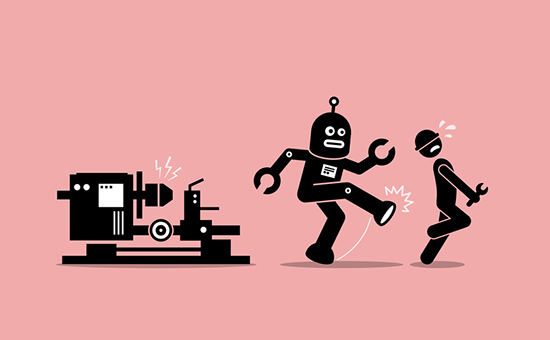The aim of this report by Bain’s Macro Trends Group is to detail how the impact of ageing populations, the adoption of new automation technologies and rising inequality will likely combine to give rise to new business risks and opportunities. These gathering forces already pose challenges for businesses and investors. In the next decade, they will combine to create an economic climate of increasing extremes, but may also trigger a decade-plus investment boom. In the US, a new wave of investment in automation could stimulate as much as eight trillion US-dollars in incremental investments and abruptly lift interest rates.
As investments peak and then decline – probably around the end of the 2020s to the start of the 2030s – anemic demand growth is likely to constrain economic expansion, and global interest rates may again test zero per cent. Faced with market imbalances and growth-stifling levels of inequality, many societies may reset the government’s role in the marketplace. “Business leaders, investors and heads of organizations and institutions will need to look beyond traditional targets and goals and develop the ability to adjust to a changing and volatile macroeconomic environment”, claim the authors. “That may require new performance metrics, planning techniques and even organizational structures.

